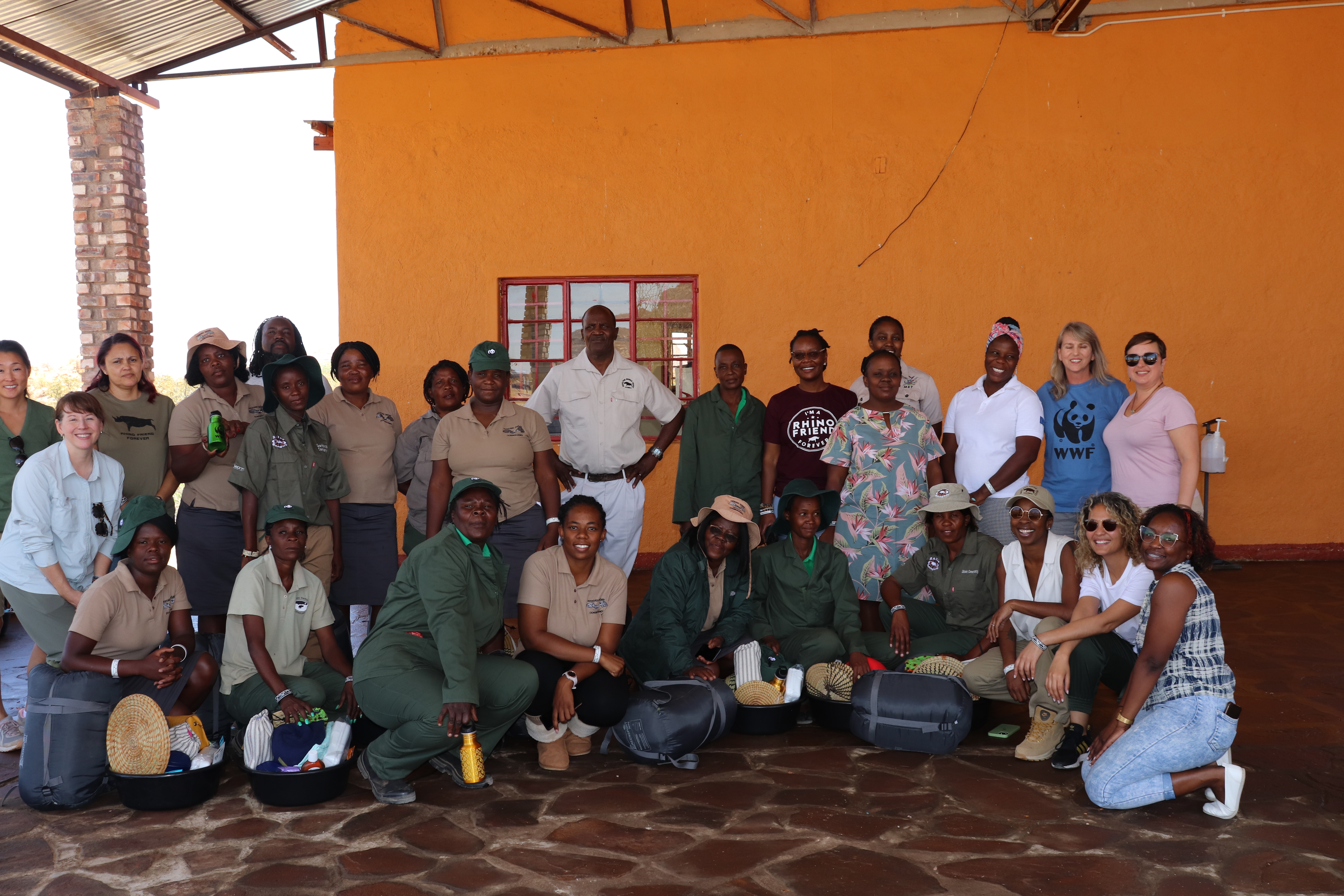Building Capacity for addressing programming gaps through personnel recruitment
Recruiting personnel with the desired skills, attributes and a willingness to undergo desierd training. This included a Project Manager for the SLNT PSEPA Programme to provide leadership and manage implementation of project activities; and a team of rangers to conduct the monitoring and surveillance activities. These resources supported delivery of the following outputs:
Output 1 - Increased surveillance of targeted areas within the PSEPA to address illegal activities and species conservation
Activity Implemented 1.1 - PSEPA Ranger recruitment
Activity Implemented 1.2 - Surveillance of key PSEPA resources
Activity Implemented 1.5 - Recruitment of Conservation Officer
Output 2 - Improved Species monitoring programmes
Activity Implemented 2.1 – Offshore islands monitoring
Activity Implemented 2.2 – Wildlife survey
Activity Implemented 2.3 – Equipment purchase turtle monitoring
Activity Implemented 2.4 – Turtle monitoring training
Activity Implemented 2.5 – Turtle monitoring
The rationale for this building block is such that the activities and outputs presented above assisted with the generation of data required to inform future programming and lay the foundation for an established conservation programme at the SLNT southern office responsible for the PSEPA.
The following activities enabled delivery of the outputs defined in Building Block 1. Prior to being deployed into the field to engage in monitoring, surveillance and data collection, the ranger team needed to be equipped and trained as demonstrated by the activities below.
Activity Implemented 1.3 - Procurement of equipment and supporting hardware and software for use in monitoring of targeted areas within PSEPA
Activity Implemented 1.4 - Conduct training of surveillance personnel in the use of monitoring equipment
